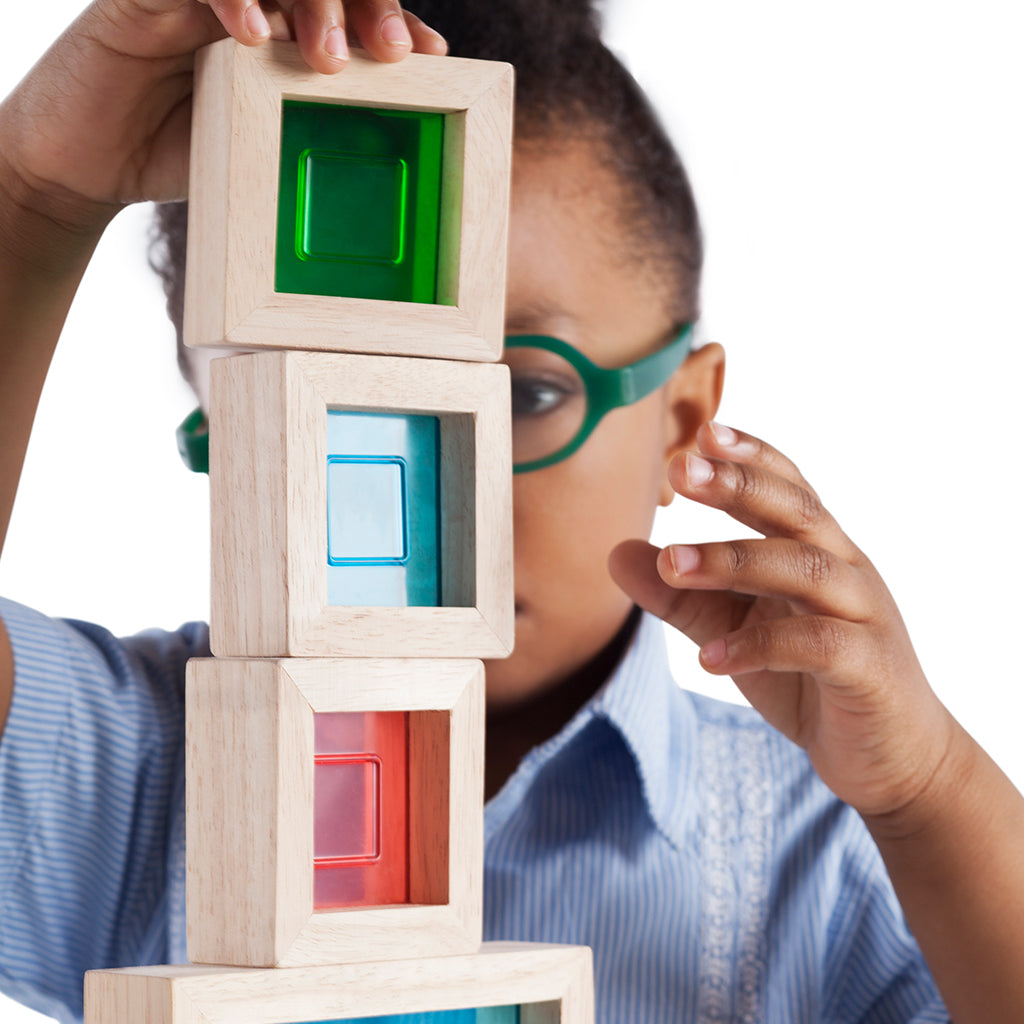
Open-ended vs Close-ended Play: What, Why, and How?
Play is essential for children in cultivating key developmental skills like creativity, problem-solving, cognitive, social, and critical thinking. Through play, children don’t just experience fun; they find the freedom of self-expression and exploration.
Open-ended and closed-ended plays are two different approaches to childhood recreation. The former lacks a predefined outcome while the latter has specific predetermined results. Understanding the difference between the two plays a crucial role in charting childhood development.

Open-Minded Play overview
Open-ended play is a type of play that encourages creativity and exploration without instructions or rules. Open-ended activities with toys give children the freedom to follow their imagination – much like painting on a blank canvas.
In this kind of play style, the absence of direction allows them to play without restrictions for a more stimulating and imaginative experience. Open-minded play comes in various forms like construction toys, pretend play, arts and crafts, and sensory play.
With these, children have more room to be creative, make their own decisions, foster social development through sharing or taking turns, and understand their emotions. Incorporating open-ended play in children’s daily activities can be beneficial in their overall holistic development.

Closed-Ended Play overview
Closed-ended on the other hand, refers to activities or plays with specific rules or outcomes. Closed-ended plays are structured with clear goals starting from the beginning to end. Games and toys that fall under the closed-ended approach are goal-oriented, giving children a sense of fulfilment once challenges are overcome.
With closed-ended plays, children are taught self-correction, concentration, and mastery. Closed-ended activities also reward comprehension and compliance; listening to and following instructions increases the likelihood of ‘winning’.

Which one is better?
Why choose when you can have both? While open-minded play has several benefits, balancing it with closed-ended play encourages the development of critical thinking and problem-solving skills, as well as co-operative and independent social skills. A combination of the two addresses various critical aspects of child development.
Rather than viewing one approach as better than the other, it’s best to have a combination of the two to ensure children develop a variety of skills, making them more well-rounded individuals.
However, open-ended toys can be used for a longer time since these cover a wider range of age groups compared to close-ended toys. Many open-ended toys can be utilised in various ways, providing more value compared to single- or fixed-use toys. Bonus points if they feature an eco-friendly design!
How to encourage open-ended play?
There are many ways to foster games that encourage kids’ minds to explore and be open. Here are some of them.
- Provide a variety of open-ended materials and props to encourage more opportunities for exploration.
- Avoid crowding the space with toys as this could overwhelm your child.
- Make sure the child has enough time to play and be fully engaged in their preferred activity.
- Be patient and provide support when needed.
- It is best to have a designated place where your child can play without worrying about the mess.
